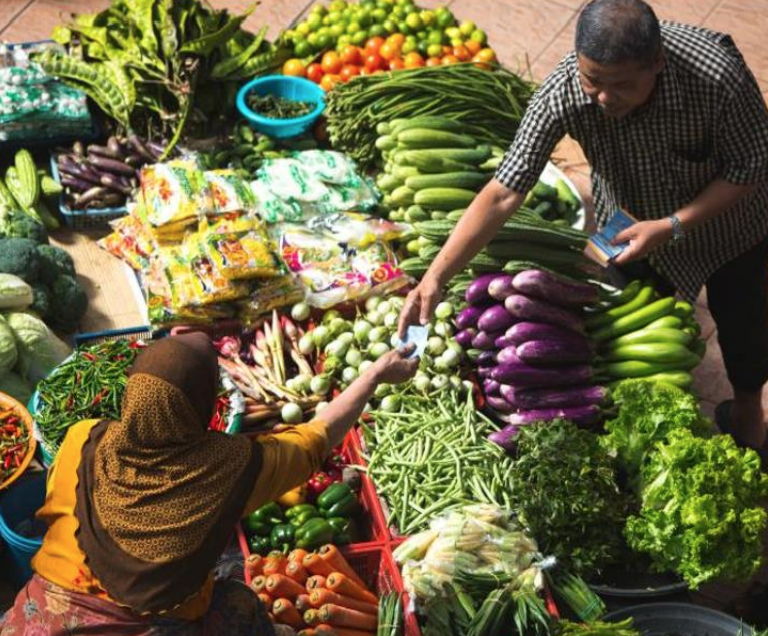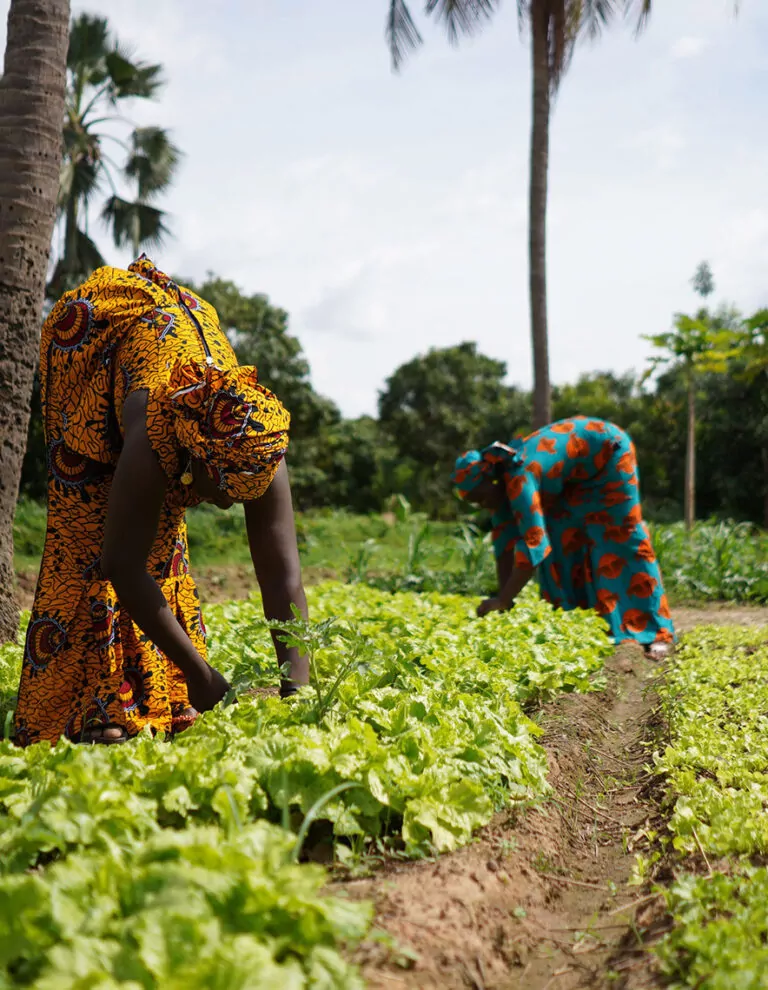Our Models
The Food System Economics Commission complements global modelling tools, such as integrated assessment modelling, with innovative applications of agent-based modelling for analysis. Modelling results are grounded in the reality of country policy choices.











